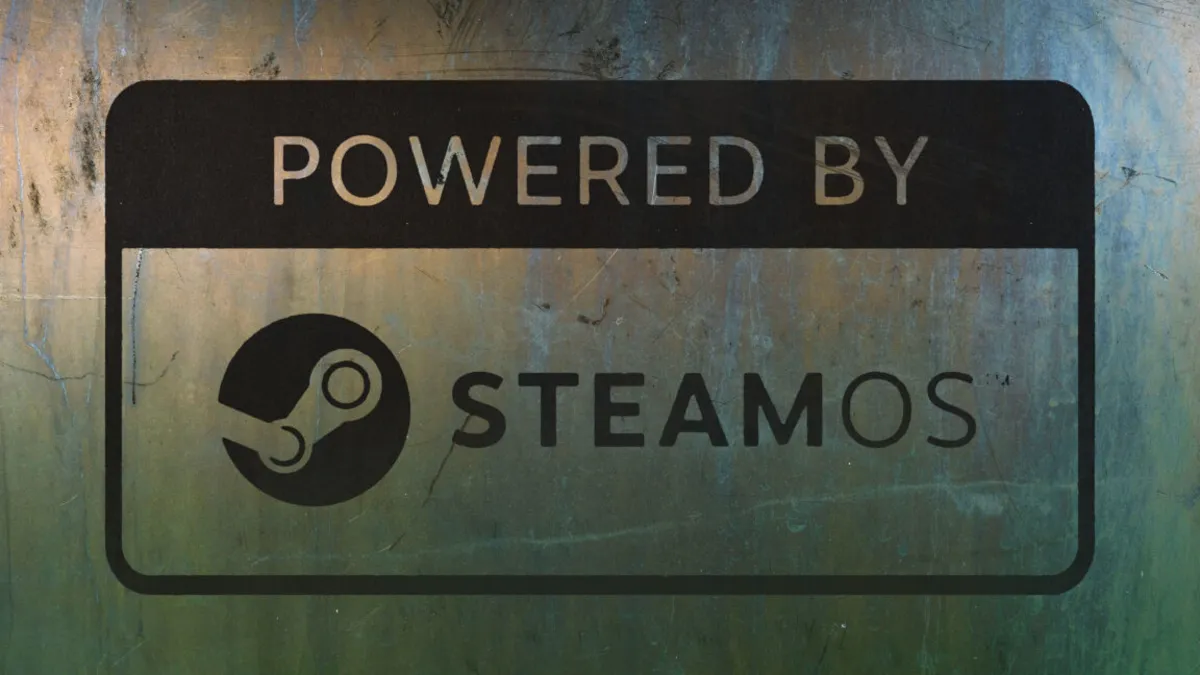
A little over 20 years ago, Valve was on the brink of releasing a groundbreaking addition to the Half-Life franchise. At the same time, the company was striving to establish Steam as a revolutionary platform for players to download and update games via the Internet. The requirement to use Steam to play Half-Life 2 generated significant backlash from players in 2004. However, this high-profile Steam exclusive quickly built a substantial user base for Valve's new distribution system, positioning it as the leading platform in the industry. The synergy between the new game and the platform effectively promoted a bold alternative to the traditional retail sales and distribution mechanisms that had dominated PC gaming for decades.
Today, there are strong indications that Valve is preparing to unveil a new Half-Life game. Concurrently, the company is gearing up to promote SteamOS as a viable option for third-party hardware manufacturers and individual users looking to download and explore a new gaming experience. Should Half-Life 3 require SteamOS for gameplay, it may once again spark grumbling among players. Nonetheless, this high-profile exclusive could quickly create a user base for Valve's new operating system, potentially establishing it as a dominant force in the gaming OS landscape. A connection between the anticipated game and the innovative platform could promote a compelling alternative to the Windows-based systems that have long been the standard in PC gaming.
Convincing players to switch their established gaming platforms—be it hardware or software—typically necessitates clear and compelling benefits. These advantages can range from tangible improvements, such as enhanced controllers or superior graphics, to less obvious perks like social features and achievements. However, a significant motivator for players to transition platforms is often access to exclusive games that can only be played on that system. The role of Half-Life 2 in popularizing early Steam demonstrates how a highly anticipated exclusive title can persuade hesitant players to invest in a new platform.
Looking back at Valve's 2015 launch of the Steam Machine hardware line, we can see the consequences of lacking exclusives. At that time, Valve was marketing SteamOS as a response to the problematic Windows 8 environment that co-founder Gabe Newell viewed as detrimental to the PC gaming scene. When Microsoft did not enforce strict controls over Windows apps and games, Valve struggled to convince players that purchasing a Steam Machine or installing SteamOS was worthwhile. While using SteamOS offered some cost savings by eliminating the need for a Windows license, it also resulted in a limited library of Linux ports and inferior performance compared to Windows. These drawbacks, combined with a lack of clear advantages, led to the widespread neglect of SteamOS and Steam Machines.
Fast forward to today, and the latest version of SteamOS is significantly improved compared to its predecessors. This progress is largely due to Valve's ongoing development of the Proton compatibility layer, enabling the Linux-based SteamOS to run nearly any game designed for Windows with minimal exceptions. This compatibility has been a game-changer for the Steam Deck, providing players with handheld access to a vast array of PC games for the first time. Moreover, the Steam Deck has showcased the user interface and experience benefits of SteamOS over the cumbersome Windows-based gaming devices.
Despite these advancements, the advantages of switching from Windows to SteamOS may still seem ambiguous to many gamers today. If Valve intends to position its OS as a credible alternative to Windows gaming, launching a major exclusive title could be the catalyst needed to encourage a significant number of players to make the transition. In the realm of substantial PC gaming exclusives, few titles are as anticipated as the long-awaited Half-Life 3.
While it may seem far-fetched to propose that Valve's most significant game in recent years should bypass the long-established Windows platform, it's essential to note that nothing would prevent existing Windows gamers from downloading and installing a free version of SteamOS to access Half-Life 3. Although the process of installing a new operating system, particularly one based on Linux, isn't straightforward, Valve has a proven track record of simplifying game downloads, updates, and driver installations through its Steam platform. If any company can streamline the setup process for a new OS, it's Valve.
Furthermore, millions of gamers already have easy access to SteamOS through their Steam Deck hardware. While older Steam Deck units might lack the power to run Half-Life 3 at maximum settings, Valve's games are renowned for their ability to scale down effectively on lower-end systems. Valve's recent initiative, Powered by SteamOS, appears to encourage third-party hardware manufacturers to develop more powerful desktops, laptops, and handhelds with SteamOS pre-installed, which could enhance accessibility for Half-Life 3.
Linking a major title like Half-Life 3 to a new and largely untested operating system may trigger significant backlash from gamers satisfied with the Windows ecosystem. However, a game exclusive could also present risks if SteamOS encounters technical issues while expanding beyond its Steam Deck origins. Despite these concerns, it is likely that most players eager for Half-Life 3 would be willing to navigate some OS-related challenges to access the game. Many of these players may even find themselves sticking with Valve's gaming-optimized OS, thereby reducing their reliance on Windows.
Valve could consider a timed exclusivity window for Half-Life 3 on SteamOS, enticing early adopters to explore the new OS without alienating those who prefer Windows. Alternatively, Valve might opt to include a non-exclusive Half-Life 3 as a complimentary title with future versions of SteamOS, incentivizing curious gamers to experiment with the new operating system.
With the anticipated wide release of SteamOS, Valve has a unique opportunity to disrupt the longstanding dominance of Microsoft in the PC gaming OS arena. A title like Half-Life 3 could serve as the essential incentive needed to liberate PC gaming from its dependency on Windows.